Are You A Vanguard? Applications Now Open
The RND Meeting House, erected by Chicago's Sweet Water Foundation.
Photo courtesy Sweet Water Foundation
Story by Next City
Published on Dec 30, 2019
This is your first of three free stories this month. Become a free or sustaining member to read unlimited articles, webinars and ebooks.
Become A MemberEvery day, the editorial staff at Next City works with our writers to amplify stories of equitable change in cities. The people who do this work — and the people who write about it — are a constant source of inspiration. So in celebration of these solutions, we’ve gathered 19 of the year’s best ideas into our Solutions of the Year print magazine. This 80-page special issue highlights the programs, people, and projects that are making cities more equitable and sustainable. We’re really proud of how this issue turned out.
In this gallery, we capture what inspired us most about each story. (The stories are numbered for navigation purposes, and are not intended as rankings in any way.)
If you’d like a copy of the print magazine to read these stories in full, please consider making a donation in return. We’re in the final days of our year-end fundraising drive. Printing and mailing these magazines costs us about $5 per copy. But if you can contribute more to support our journalism, please do. All donations up to $1,000 until the end of the year will be doubled by NewsMatch, and new recurring donations will be matched for a full year. So if you donate $100, Next City receives another $100 from NewsMatch. If you sign up for a $10 per month sustaining donation, Next City receives another $120 from NewsMatch.
Thank you for your support. Here’s to another year of spreading the word about equitable change in cities.
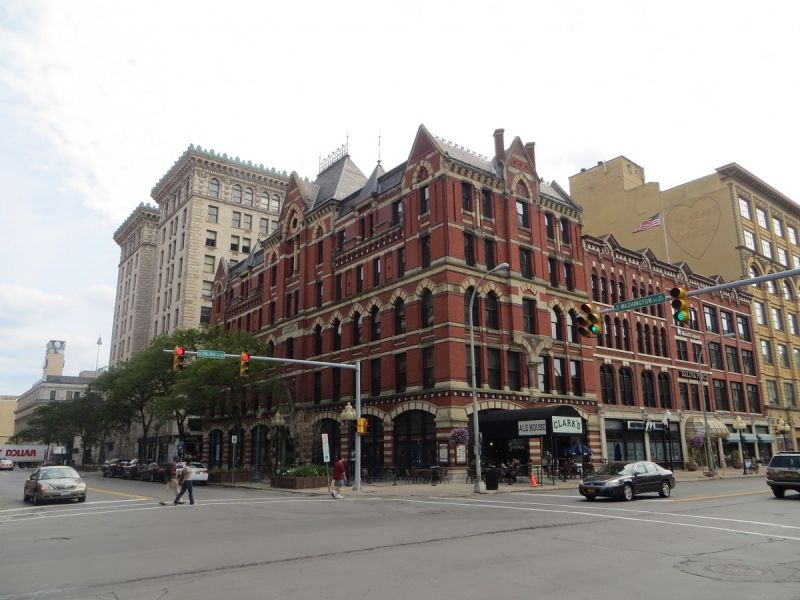
1. Syracuse Is Finding Ways to Prevent Evictions
Next City's Housing Correspondent, Jared Brey, reports on an innovative program in Syracuse that uses early interventions to forestall tenant evictions. Research has shown that in Syracuse, about a quarter of residents move at least once a year — a much higher rate than the national average. The initial results of working with families well before they end up in landlord-tenant court have proven successful: a 75 percent drop within a single year in the number of eviction cases filed in court. The program hasn’t just helped individual tenants; it's also informed the way Syracuse's housing authority handles evictions generally. (Photo by David Wilson/CC BY 2.0)
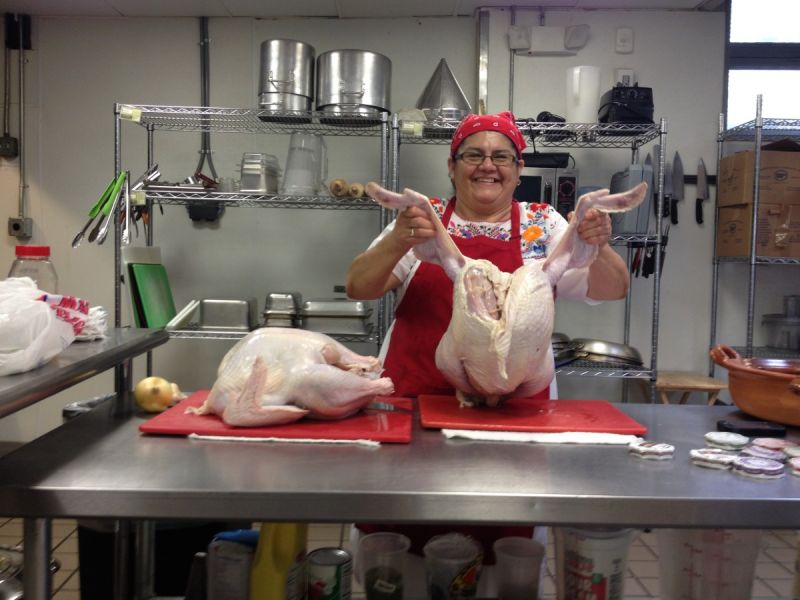
2. How the Creative Placemaking Tide Lifts All Community Boats
James A. Anderson profiles an array of creative placemaking initiatives that economically empower residents as a means to prevent displacement. One example is Chicago's Sweet Water Foundation, which has turned a contiguous parcel of vacant lots on the south side into a commercial farm and community hub that offers apprenticeships in urban agriculture, design and carpentry. A few months after our story ran, Sweet Water's founder, Emmanuel Pratt, was named a 2019 MacArthur Fellow. And in Somerville, Massachusetts, outside of Boston, the local Arts Council started Nibble, a program that offers cooking classes, international food walking tours and business development instruction and mentoring for immigrants looking to start food businesses. Nibble Kitchen opened this month as a brick and mortar restaurant that gives culinary entrepreneurs the space and the means to lead cooking classes and vend their cuisine. One such entrepreneur, Estela Calzada (pictured here), cooks Mexican and pre-Hispanic dishes for the organization’s festivals and pop-up events, and teaches cooking classes. Her specialty is mole. (Photo by Rachel Strutt)
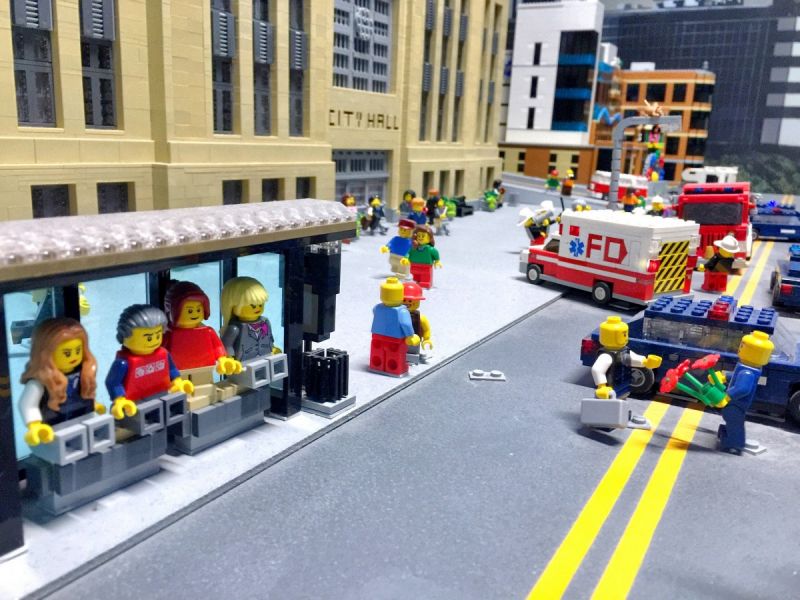
3. Offering Childcare at City Meetings Can Diversify Civic Engagement
Rebecca Ritzel reports on a Boston University study published earlier in the year that analyzed thousands of minutes of planning commission meetings, and found that the vast majority of attendees were white, male, older, longtime residents. Now two cities — Ithaca, New York, and Pittsburgh — are trying to change that. Both cities (separately) have started programs to provide free childcare at city planning meetings in the hopes of drawing a younger and more diverse group into the process. Says Ithaca resident (and parent) Lisa Farman, "If the government is going to be deciding on local policies that will impact families, but families can’t go to the meetings, then we are just going to have business as usual.” (Photo by Stellabelle Dash/Pixabay)
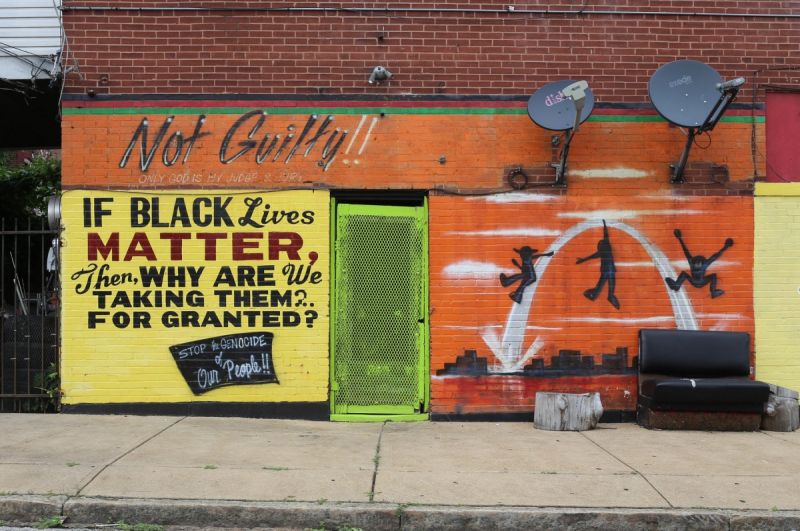
4. St. Louis Is Measuring Racial Inequity
Zoe Sullivan digs into the origins and methodologies behind the city's landmark Equity Indicators Baseline Report, which released at the start of 2019. The report represents the first step in a Ferguson Commission recommendation that called for development of a racial equity benchmarking process. The analysis boils down a series of metrics into ratings of 1 to 100 for each indicator, with 100 representing no disparity between white and black residents of St. Louis. And some indicators throw existing disparities into sharp relief. For example, on the metric of childhood asthma, St. Louis scored a 1. Identifying the indicators took more time than expected. Data had to be available at the city level, updated annually at a minimum, and disaggregated by race. And more significantly, it took time to hash out with community groups and city agencies what was important to measure and why. Cristina Garmendia, manager of the Equity Indicators Project, felt strongly about spending the time to do the work thoroughly and mindfully: “We’re in a new era of governance where it’s no longer enough to be effective," she says. "You also have to be equitable, and defining what that means so that people can make progress on that issue is really important.” (Photo by Paul Sableman/CC BY 2.0)
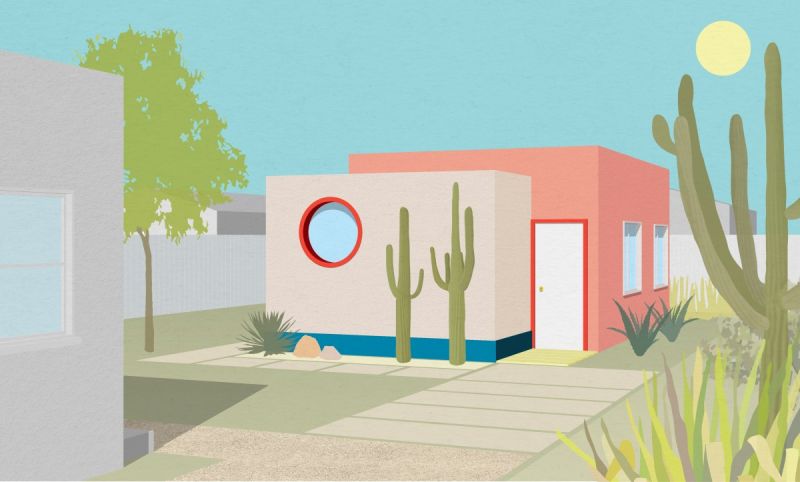
5. L.A. Designers Launch “Backyard Homes Project” for Section 8 Tenants
Jared Brey writes about a new partnership in Los Angeles that seeks to maximize the impact of the more permissive rules for accessory dwelling units (ADUs) by offering financing, design and construction services for homeowners who agree to rent their new units to Housing Choice Voucher holders for at least five years. The Backyard Homes Project was coordinated by LA-Más, a nonprofit design group that works in low-income communities. The project provides participants with a range of designs for accessory dwelling units developed by LA-Más and connects them with partner organizations for construction and financing. It also helps them find voucher-holding tenants and requires training for new landlords from the L.A.-based Housing Rights Center. Costs for homeowners start at $100,000 for a garage conversion and $115,000 for new construction. Homeowners who aren’t able to pay for the construction on their own can take advantage of financing help from CDFIs working on the project. (Rendering of garage-to-ADU conversion courtesy of LA-Más)

6. A “Free People’s University” Connects Longtime Residents and Newcomers
Emily Nonko visits the University of Orange, a “free people’s university” in the city of Orange, New Jersey. For this school, the city is both the campus and the inspiration. Courses — all free and open to residents — range from music theory to urban placemaking. Both courses and events revolve around similar things: learning the history of American cities, including the effects of racist policies, as well as celebrating the resources of its residents. Throughout its offerings, University of Orange emphasizes civic participation. “Graduation requirements are to take two courses, volunteer, have fun with your neighbors, attend a city meeting, and vote — though it doesn’t need to be in a governmental election,” says Molly Rose Kaufman, who founded this free people's university alongside her mother, psychiatrist Mindy Thompson Fullilove, who focuses her work on how social and environmental factors affect the mental health of communities. Mother and daughter envisioned the university as a way to connect local residents to each other and to promote urbanist principles with the hopes of encouraging the next generation of city leaders. The photo above shows performers at the university's Music City Festival in Orange. (Photo by Emily Nonko)

7. SEED Works to Preserve Businesses in Communities of Color
Sandra Larson examines the year-one results of the Shared Equity in Economic Development (SEED) Fellowship program, which began in 2018 as joint venture between the National League of Cities and the Democracy at Work Institute (DAWI) as a way to help city governments promote and support employee ownership of businesses. The four cities in the first cohort (Philadelphia, Miami, Atlanta and Durham, North Carolina) set as their goals to build infrastructure, examine current policies, research local businesses and plan policy changes. Through this outreach, education and assistance to cities, the SEED program’s long-term goal is to build assets and wealth for people in communities of color, immigrant communities and low-wage sectors. And all four cities chose to focus energies on preserving legacy businesses in communities of color. “Employee ownership can be an anti-poverty, racial wealth gap-addressing tool,” says Zen Trenholm, SEED program manager with DAWI. Pictured here is Sharif Abdur-Rahim, one of two founding brothers of West Philadelphia's African Cultural Arts Forum. He stands in a second-floor workshop used to store African art and to produce the oils, incense and personal-care products they sell. (Photo by Kriston Jae Bethel)
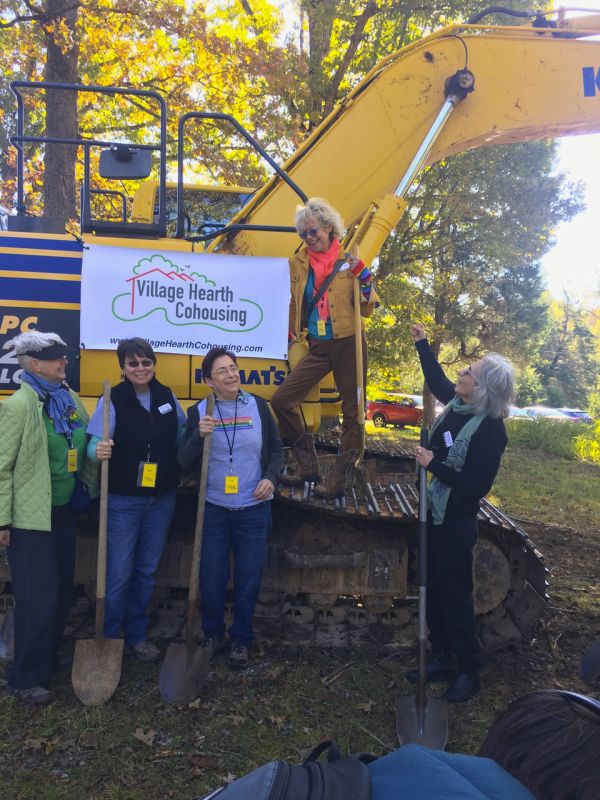
8. LGBT Seniors Build a Cohousing Community
Jared Brey reports on the construction, in Durham, North Carolina, of Village Hearth, a planned LGBT-oriented cohousing community for seniors. In a cohousing development, residents have private homes but share certain amenities in common — something between a condo and a commune. Village Hearth will consist of 28 small, single-family, one-story houses, clustered together around shared walkways and a big common house with a kitchen, dining room and laundry facilities. The first phase of homes has an expected Spring 2020 move-in date. “Most retirement places don’t know how to cater to [the LGBT] community," says future Village Hearth resident Allan Keech. "So we thought probably the best thing to do was to create our own environment where we can help each other as we age,” Pictured here is the groundbreaking at Village Hearth. (Photo courtesy Pat McAulay)
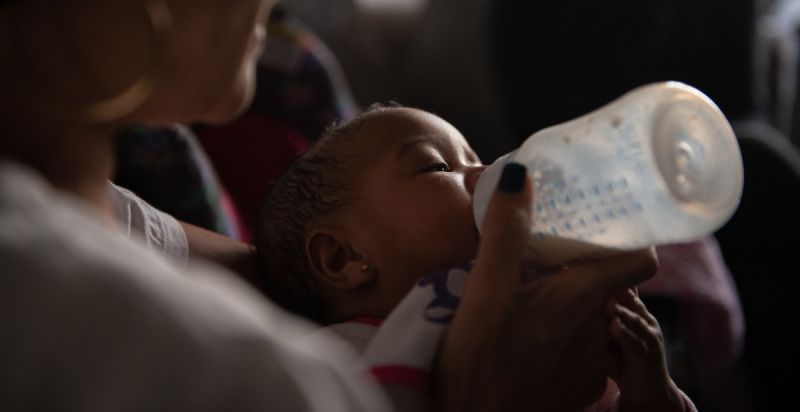
9. Staying Connected: Moms Who Pump in Prison
Malcolm Burnley visits Philadelphia's Riverside Correctional Facility to write about an innovative lactation and parenting-education program that encourages incarcerated new moms to maintain their breast milk supply. Inside a small lactation room in the jail, the moms pump their breast milk, which is frozen and then delivered to the homes where their babies are staying. The case managers who deliver the milk return with stories and pictures. The idea is to reinforce maternal bonds, give these newborns the proven health benefits of a breast-milk diet, and support the moms in their parenting once they are released.
“It was devastating to watch women go in [to Riverside] with their babies and then come back [from the hospital] without their babies, crying and sad,” said Tysheen, a formerly incarcerated woman who finished her sentence on a drug possession charge shortly after her pregnancy. “The only time some of them was really happy was when they’d go to the lactating room and pump for their babies.” In this photo, Theresa Reid feeds her five-month-old niece, Ummayyah, a bottle of breast milk that was pumped by Ummayyah's mother, Cierra Jackson, who was serving a 6-to-23-month sentence at Riverside Correctional Facility, in Philadelphia.. (Photo by Kriston Jae Bethel) NOTE: This story was produced with support from the Fuller Project for International Reporting, in collaboration with Resolve Philadelphia.

10. St. Louis Holds Financial Institutions Accountable
Next City's Senior Economics Correspondent, Oscar Perry Abello, explores how a St. Louis law that requires banks to apply for authorization annually in order to provide bank accounts for the city government is being leveraged to promote greater equity. This year, for the first time, City Treasurer Tishaura Jones mandated that all banks who applied to do business with the city had to detail on their application how they were responding to the Ferguson Commission Report, Forged out of the uprisings following the 2014 police killing of Michael Brown, the report contains 189 calls to action around racial equity in the St. Louis region, including calls to strengthen the Community Reinvestment Act, or to invest in community development financial institutions (CDFIs). Additionally, on this year's application Jones added requests for banks to provide information on small consumer loans, including those that serve as an alternative to payday loans; second-chance checking accounts or other programs for the unbanked or underbanked; and marketing plans to reach low- and moderate-income neighborhoods and consumers, minorities, small businesses (including minority- and women-owned businesses), and older adults.“We’ve been doing this work of bank accountability — asking questions, looking at the data, writing comment letters to federal regulators, engaging in this process of [showing] how banks can better serve communities,” says Elisabeth Risch, assistant director, Metropolitan St. Louis Equal Housing and Opportunity Council. (Photo by OakleyOriginals/CC BY 2.0)
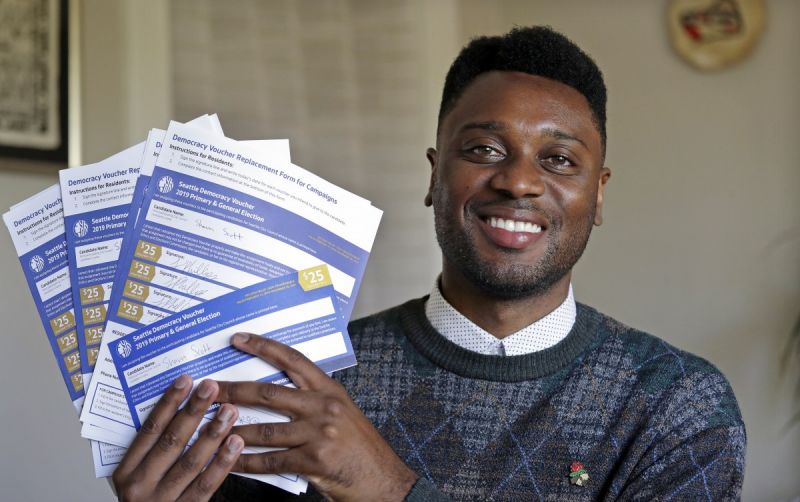
11. Seattle Voters Deploy Democracy Vouchers
Gregory Scruggs reports on a public campaign financing experiment conducted during Seattle's City Council election this year. Every registered voter received four $25 paper vouchers early in election season to distribute to the participating candidates of their choosing. Those candidates were restricted to spending no more than $75,000 in the primary and another $75,000 in the general. And they could receive individual donations of no more than $250 per donor. Vouchers were intended to encourage a more diverse slate of candidates to run; the program is funded by an annual $3 million property tax levy and will expand to the mayoral election in 2021. Candidate Shaun Scott tweeted: “I’m a black working-class Millennial candidate with a net worth of approximately $10,000. If it weren’t for the democracy voucher program, running for office would be a pipe dream.” (Scott advanced in the primary and lost in November's general election in November.) (AP Photo/Elaine Thompson)
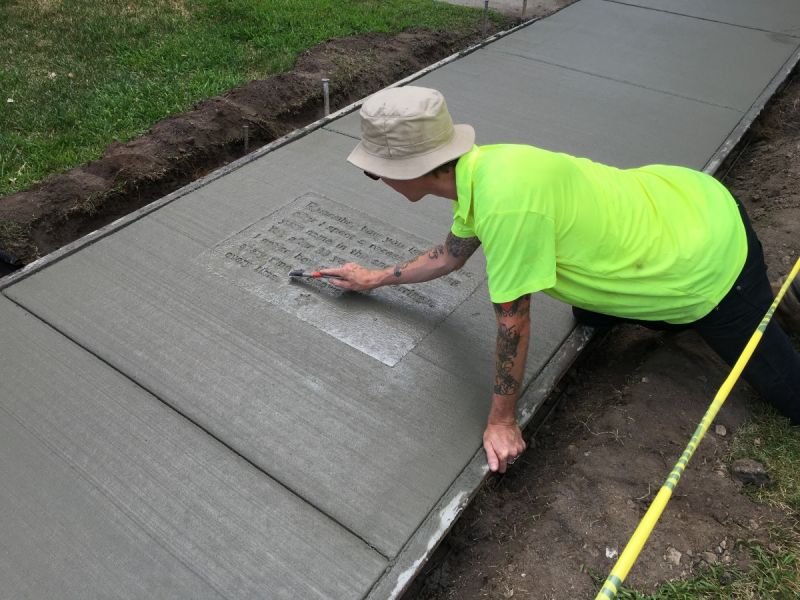
12. St. Paul Places Poetry at Residents’ Feet
Cinnamon Janzer reports on a collaboration between Public Art St. Paul and the city’s Department of Public Works’ on a sidewalk poetry program. The city replaces around 10 miles of damaged or broken sidewalks each summer; residents submit poems and winning entries are stamped into new sidewalk panels. Of the nine poems selected from the 633 submissions in 2019, one is written in Spanish, one in Hmong, and one includes a Dakota word. (Photo courtesy Public Art St. Paul)
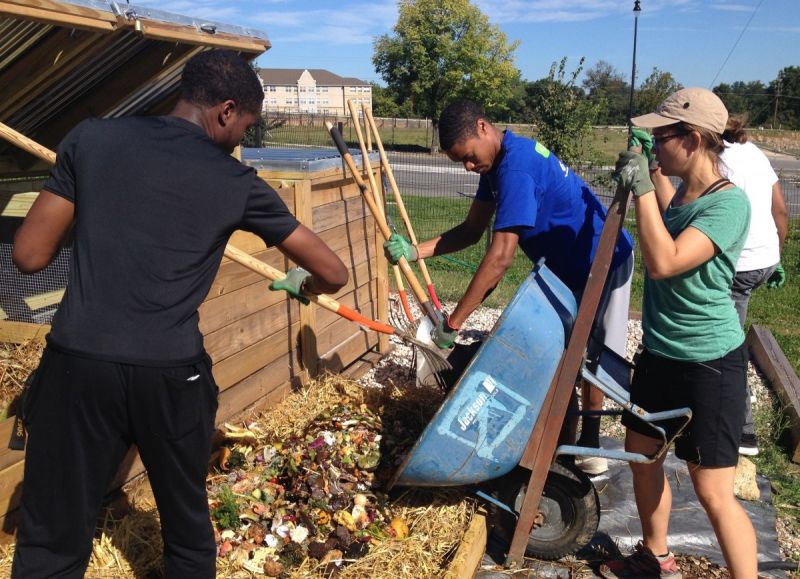
13. Composting and Pay-As-You-Throw in Pursuit of Zero Waste
Part Two of James A. Anderson's two-part series on the viability of zero-waste programs in the U.S. focuses on how composting and pay-as-you-throw (PAYT) are the two most promising solutions for reducing the amount of refuse that enters the beginning of the waste cycle. Fully 50 percent of all curbside municipal trash is compostable, according to the Institute for Local Self-Reliance. And PAYT asks residents to pay per bag of trash they throw away, which incentivizes a more mindful approach to waste generation. In this photo, volunteers unload food scraps onto the compost pile at East Capitol Urban Farm, a three-acre farm in southeastern Washington, D.C. (Photo courtesy Institute for Local Self-Reliance)

14. Reading bell hooks in Prisons to Dismantle the Patriarchy
Emily Nonko reports on Success Stories, a nonprofit that seeks to educate incarcerated men about how their lives have been affected by toxic masculinity, rape culture and the patriarchy. The program grew out of a curriculum developed by Richie “Reseda” Edmond-Vargas and Charles Berry while they were inmates at the Correctional Training Facility in Soledad, California. The 12-week course looks at a variety of intersectional feminist texts, with a focus on authors such as bell hooks. Edmond-Vargas, pictured here, and Berry are both out of prison now, and Success Stories has support from the California Department of Corrections to bring the program to other state prisons. (Photo by Emily Nonko)
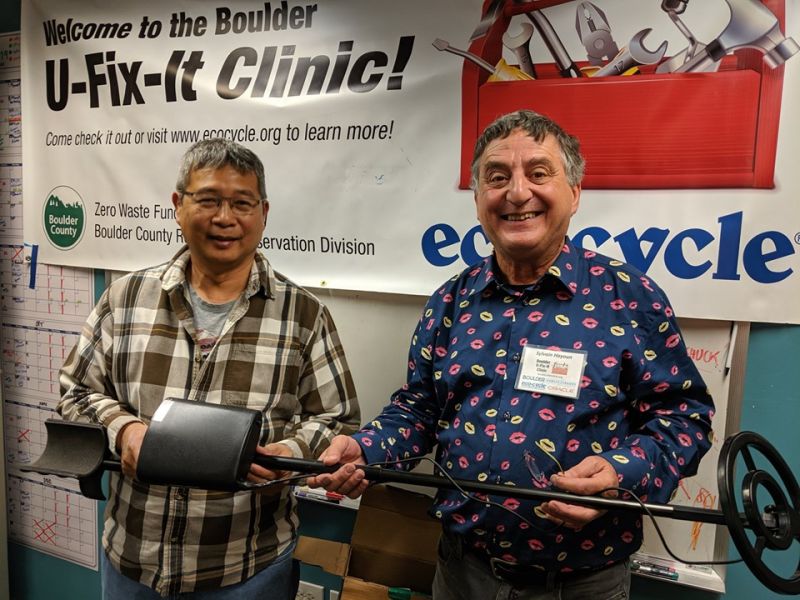
15. The Case to Repair, and Not to Replace
Next City's Equitable Cities Fellow, Valerie Vande Panne, explores the Right to Repair movement, which prioritizes fix-it culture and environmental sustainability over single-use consumerism and restrictive proprietary technology. By denying the consumer access to the schematics, tools, and information needed to self-repair products, and designing big-ticket items for obsolescence, the computer, appliance, and equipment manufacturers have foisted a disposable culture onto us, at growing cost to our wallets, our tax dollars and our planet. But a scrappy group of activists, tinkerers and engaged citizens is fighting back, introducing legislation to protect the right to repair and organizing classes and workshops to teach people to fix instead of toss their broken possessions. In this photo, from a recent Fixit clinic at the Boulder Public Library, Joe brought in a broken metal detector. Sylvain, the fixer, identified a short in the 5-pin DIN connector that connects the coil to the controls. They bypassed the connectors with solder and heat-shrink tubing, and the detector is fixed. (Photo courtesy of Fixit)

16. To Advance Racial Equity, Foundations Change How They Invest
Oscar Perry Abello examines how philanthropic institutions and universities decide who manages their endowments. Out of $70 trillion managed by asset management firms registered in the U.S., less than one percent of that money is managed by firms led by women or people of color, according to a 2017 report from the U.S. Government Accountability Office. That’s not necessarily because of a lack of such firms — in that same report, the GAO found 186 minority- and women-owned asset management firms around the country. Erika Seth Davies, founder of the Racial Equity Asset Lab, asserts that structural barriers often keep minority- and women-owned asset management firms from gaining access to new and larger clients like foundations. Some of it is about social networks — people tend to trust who they know. "The relationships just aren’t there,” Davies says. “Foundation staff, board members, investment committee members are overwhelmingly white, and their networks look like them, and that’s where people source their managers. It’s institutional racism in a nutshell.”
There are signs of progress. Alberto Ibarguen, president and CEO of the John S. and James L. Knight Foundation, says the foundation re-examined its own rules for choosing asset managers to understand why, intended or unintended, those rules had consistently led to such an unequal result. The upshot? As of December 2018, fourteen minority- and women-owned firms managed $766 million, or 35 percent, of the Knight Foundation’s $2.2 billion endowment — with no overall loss in terms of financial performance. And, Ibarguen recalls, “I said, ‘I want you to press it until it’s no longer an issue, until we have such a diverse group that it’s normal and natural to see a diverse group managing our money across sectors.’” (Photo by Madison Kaminski/Unsplash)

17. New Park Furthers Equitable Development in the Deep South
Elizabeth Pandolfi reports on a plan to build a park on the site of a formerly segregated park in a disinvested neighborhood on the West Side of Greenville, South Carolina. The new 60-acre Unity Park will encompass the footprint and honor the history of Mayberry Park, the only park in the city that African Americans were permitted to use during the Jim Crow era. Additionally, the city has taken a proactive approach to repel gentrification and displacement, maintaining ownership of land around the park and earmarking it for affordable housing as well as mixed-use buildings. (Rendering courtesy City of Greenville/MKSK)

18. Expunging Records and Reducing Sentences Amid Pot Legalization
Tana Ganeva profiles three men who exemplify the extreme racial disparities in drug sentencing at a time when cannabis is becoming increasingly tolerated and legalized. She also explores Code For America's Clear My Record program as one pathway to rectify that injustice and lay the groundwork for greater equity in the rapidly evolving marijuana marketplace. (Illustration by Next City's own Eleanor Barba)
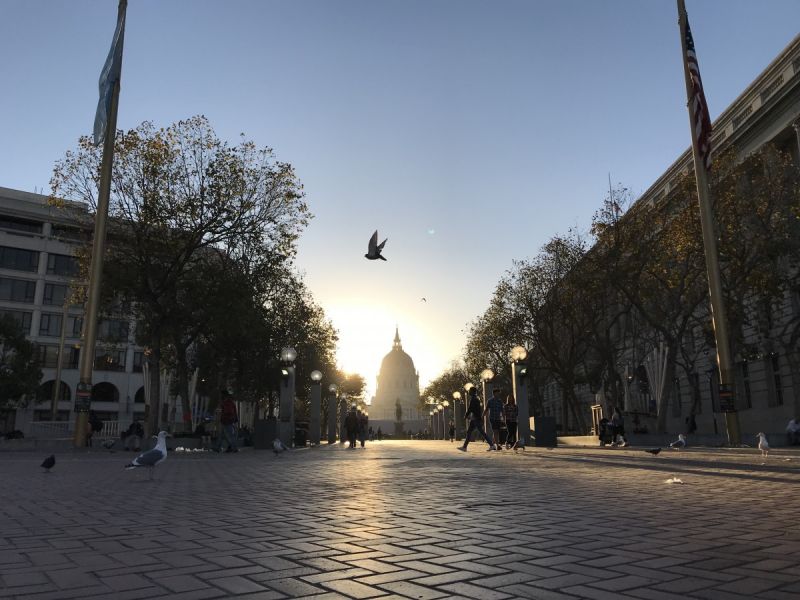
19. California Creates a Pathway for Public Banks
Oscar Perry Abello reports on California's adoption of Assembly Bill 857, which creates a legal pathway for public banks owned by city and county governments. Proponents envision a network of public banks that will leverage local public deposits in support of policy priorities such as affordable housing, clean energy, small business lending and alternatives to payday loans. “Part of why our message resonated with so many … was because everyone understands intuitively that Wall Street is extractive, is predatory,” says Trinity Tran, the California Public Banking Alliance’s lead organizer on the bill. “Why are we using our tax dollars to harm communities when we could use it to help our communities?” (Photo by Oscar Perry Abello)

Next City is a nonprofit news organization that believes journalists have the power to amplify solutions and spread workable ideas from one city to the next city. Our mission is to inspire greater economic, environmental, and social justice in cities.
Learn more about us →
We depend on our members for support. Join today to read unlimited stories, gain instant access to ebooks or webinars, and support the spread of solutions that liberate cities.
Become A Member© 2024 Next City, Inc.
This is not a paywall. Become a free or sustaining member to continue reading.
Already a member? Log in here. U.S. donations are tax-deductible minus the value of thank-you gifts. Questions? Learn more about our membership options.

20th Anniversary Solutions of the Year magazine